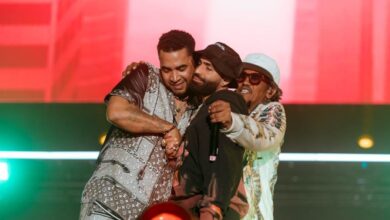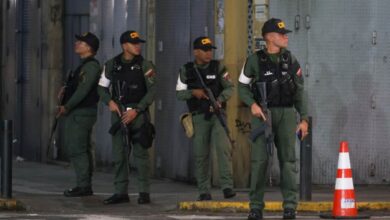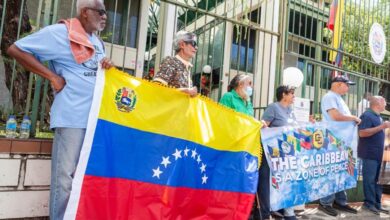Sustainable development goals: hope for the world?
It has been two years since UN members agreed to 17 SDG’s: what are these goals?

We live in a changing world, where the development of savage capitalism, new policies and social disagreements, create a significant change in the threats to face year after year. At the beginning of the 21st century, the members of the United Nations decided to establish an approximate of 8 goals, known internationally as The Millennium Goals (MDGs), the purpose of them was to improve human development from different flanks.
The MDGs were in force until 2015, opening the way to the SDGs or Sustainable Development Goals, which were arranged in 2012 in response to new global challenges, while seeking to create on time solutions to challenges such as poverty, the growing environmental damage, the lack of human rights, among others. The SDGs were established with an inter-relational character, that is, the success of each objective is directly involved with the other. The United Nations Development Program (UNDP) is the organization responsible for guiding governments to implement these objectives adequately within their national policies, and is currently present in 170 territories. The 17 SDGs aim to improve conditions before 2030 and are defined in the following points:
- No poverty: the number of people living in extreme poverty dropped by more than 50% between 1990 and 2015. The aim is to support the most vulnerable to eradicate extreme poverty.
- Zero Hunger: seeks to provide access to decent food for people.
- Good health and well-being: reducing deaths caused by diseases and infections, SDGs seek to improve health conditions and provide unlimited universal health.
- Quality education: the rate of children with no education dropped by more than half. It seeks to provide free and quality education for boys and girls.
- Gender equality: eradicating discrimination and ensuring a level playing field for women.
- Clean water and sanitation: ensuring access to safe drinking water as well as protection of ecosystems.
- Affordable and clean energy: increasing the production of energy from renewable sources, as well as ensuring access to electricity for the population.
- Decent work and economic growth: equalizing the number of jobs with the workforce.
- Industry, innovation and infrastructure: as a basis for promoting economic development.
- Reduced inequalities: bridging the gap between rich and poor.
- Sustainable cities and communities: transforming the management of urban spaces.
- Responsible consumption and production: reducing the ecological footprint
- Climate action: supporting vulnerable regions to help them adjust to climate change.
- Life below water: protecting marine ecosystems from the effects of pollution.
- Life on land: mitigating the climatic effects and reducing the loss of terrestrial ecosystems.
- Peace, justice and strong institutions: seeking an ethereal solution to conflicts and wars.
- Partnerships for the goals: to promote the cooperation of governmental entities in the world.
The invitation of the United Nations is to pick a goal and work towards it, regardless of wether you are a politician or a regular citizen. The idea is that the goals are for everyone, not just for governments. Will the goals be reached by 2030? If you had to pick a goal, which one would you choose?
Latin American Post | Manuela García
Copy edited by Laura Rocha Rueda





